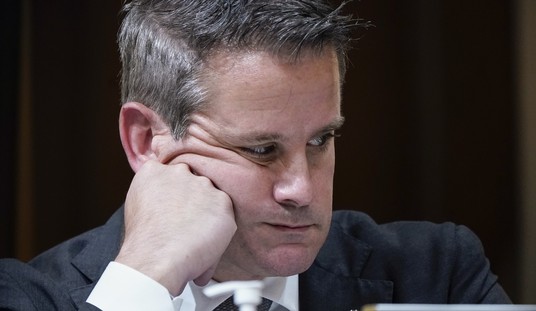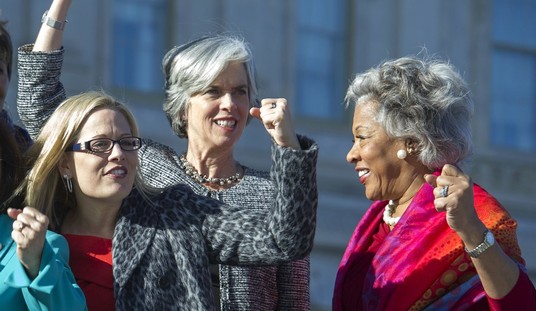We’re used to hearing bad news from the education front -- poor test scores, falling literacy, slipping standards. But the new academic year brings a welcome change: school-choice programs have expanded significantly in recent months. Indeed, The Wall Street Journal has already dubbed 2011 “The Year of School Choice.”
As of this month, 18 states and Washington, D.C., have policies that support private-school choice. But public-school choice options are also continuing to grow. On top of that, there are millions of children participating in K–12 courses online. Meanwhile, homeschooling and charter schools are becoming more widespread.
There are many good public schools across this country, with dedicated teachers who deserve praise. Unfortunately, there are also many bad schools, especially in urban areas. When you consider the damage these institutions inflict -- making it nearly impossible for students to learn and fulfill their potential -- you realize it’s nothing short of a national crime. That’s why it’s so heartening to see the school-choice movement gaining ground.
It’s encouraging, too, to see this trend crossing the usual red-state/blue-state divide. School choice isn’t spreading in just one region. It’s surging nationwide.
Take Ohio. According to a new report from Heritage Foundation education experts Lindsey Burke and Rachel Sheffield, the Buckeye State has four private-school choice programs now -- a national first.
Before now, Ohio’s Educational Choice Scholarship Program was capped at 14,000 students. Now it’s open to 30,000, and legislators have made it possible for more students to qualify. They’ve also added a program for special-needs students, one that provides up to 90 percent of their state education funding for the school their parents choose. Low-income children are being helped as well, thanks to the Cleveland Scholarship and Tutoring Program.
Recommended
Or look at Minnesota. Residents there can use the K–12 Education Credit Program, which provides tax credits to help cover educational expenses at a school of their choosing, up to 75 percent of the amount spent. Thousands of families have been taking advantage of the program, and ensuring a high-quality education for their children.
Arizona is another state that’s been helping parents. Gov. Jan Brewer recently signed legislation creating an Education Savings Account program for special-needs students. Under it, Arizona deposits 90 percent of the state per-pupil education funding into a savings account that parents control. They can use it for private-school tuition, online education, home-schooling, or to save for college. The funds that are unused in one year can be rolled over to the next. Up to 17,000 special-needs students are expected to be eligible for the program this year.
States also have been getting private businesses involved. Rhode Island, for example, has its Corporate Scholarship Tax Credit program. Businesses can get a tax credit worth 75 percent of whatever they contribute to a scholarship-granting organization. Pennsylvania has been doing something similar for the last decade -- offering businesses a tax credit to encourage charitable donations that fund tuition scholarships.
Perhaps the most hopeful sign occurred here in our nation’s capital: Congress has reauthorized the D.C. Opportunity Scholarship Program (DCOSP). Despite its popularity and success, the program was being phased out, and President Obama was doing nothing to save it. Now, however, thanks in large measure to House Speaker John Boehner, the program has been restored. In fact, the program’s reauthorization is the only piece of legislation Boehner will sponsor this year -- that’s how important the issue is to him.
The DCOSP budget went up, too, from $13.2 million to $20 million. Low-income students in elementary grades will receive scholarships worth $8,000. For high-school students, it will be $12,000.
There’s still a long way to go, of course. School choice isn’t as widely available as it should be, and teachers’ unions continue to fight it at every step. And although the trend lines are moving in the right direction, we can’t rest until every child has access to the school that best meets his or her needs. Our nation’s future depends on it.

























Join the conversation as a VIP Member